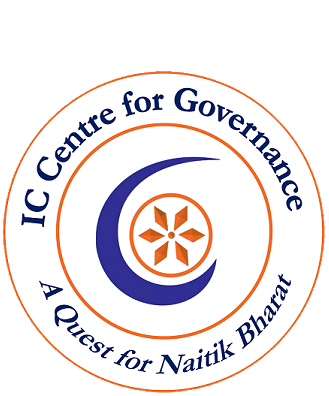"We are working to make India a ‘Viksit Bharat’ by 2047.” This is what the Finance Minister said while presenting the Government of India’s interim budget for 2024-25. She added that we need to focus on four major castes: Poor, Women, Youth and Farmers. “Their needs, their aspirations, and their welfare are our highest priority. The country progresses, when they progress. All four require and receive government support in their quest to better their lives. Their empowerment and well-being will drive the country forward. Significantly, the Finance Minister also added that “We focus on outcomes and not on outlays so that the socio-economic transformation is achieved".
I am delighted that the Government of India is working to make India a Viksit Bharat by 2047. This is really great. But this will require a lot of hard work. One area that needs a lot of improvement relates to the provision of public goods – goods whose provision results in huge positive externalities. Examples include: national defence, control of pollution, elimination of open defecation, addressing the various issues of climate change, maintenance of law and order, and delivery of justice.
Another area that needs a lot of attention relates to the provision of private goods and services to certain people on equity grounds (e.g., old people deserted by their families).
Still another area that needs urgent attention relates to the building of economic capabilities of our people. This will require additional allocation of substantial amounts of public money for education and health, and its effective and efficient utilization.
All this adds up to huge requirements of money. But how do we raise it? Our public debt is already high. The Finance Minister has made the huge allocation of Rs. 11,90,440 crore on account of interest payments to service this debt. This works out to as much as 45.76 per cent of the total tax revenue (net to Centre) budgeted by the Finance Minister for 2024-25!
This suggests that we must try to raise as much of the additional money we may need as possible as we go along the path of building a Viksit Bharat without resorting to borrowing. Doing so will not only reduce the relative share of the Government of India’s interest payments, but will also help improve India’s credit rating.
The Government of India currently spends a lot of money on account of distribution of free food grains to roughly 60 per cent of India’s population under the PM Garib Kalyan Anna Yojana, with the Finance Minister budgeting as much as Rs. 2,05,250 crore for this Yojana for 2024-25. With the incidence of poverty in India now being much lower, a better administration of this Yojana can surely help us save a substantial amount of this money.
India’s tax-GDP ratio currently is roughly 17 per cent. It can be raised through widening of the tax base. Bringing agricultural incomes under the tax net is one way of widening the tax base. Don’t tax the poor farmers, but rich farmers can certainly be taxed.
Privatization of public enterprises and monetization of public assets have a huge potential for raising the money that India needs for building a Viksit Bharat. But we will need to do a lot of work to realize this potential.
As regards the issue of outlays vs outcomes, it’s good that the Finance Minister has announced that “We focus on outcomes and not on outlays so that the socio-economic transformation is achieved.” But has it worked that way? It’s a different ballgame. But for building a Viksit Bharat, the intended outcomes will have to be delivered.
- Anand P Gupta, Former Professor of Economics, Indian Institute of Management, Ahmedabad
